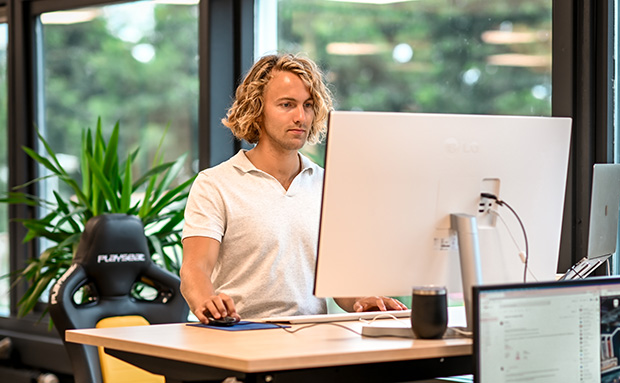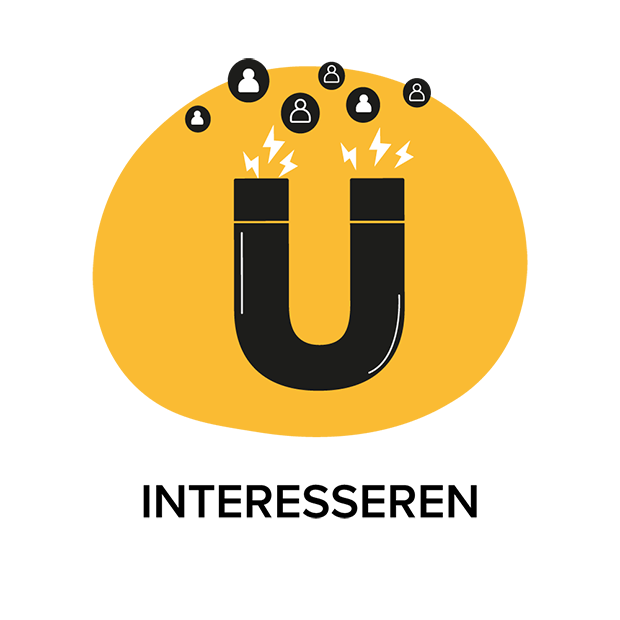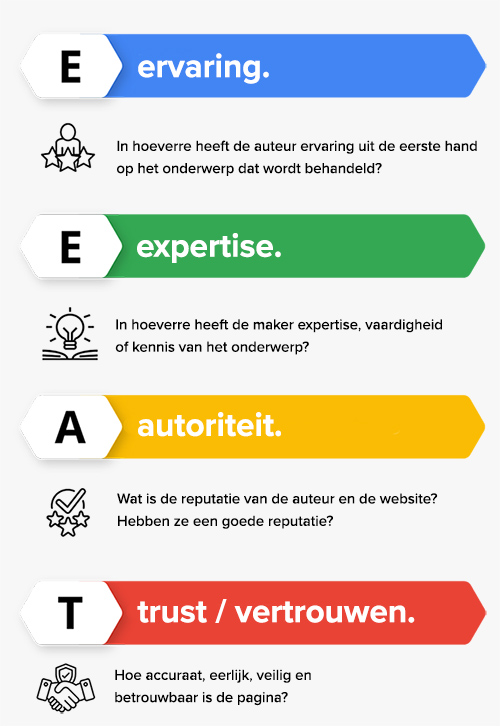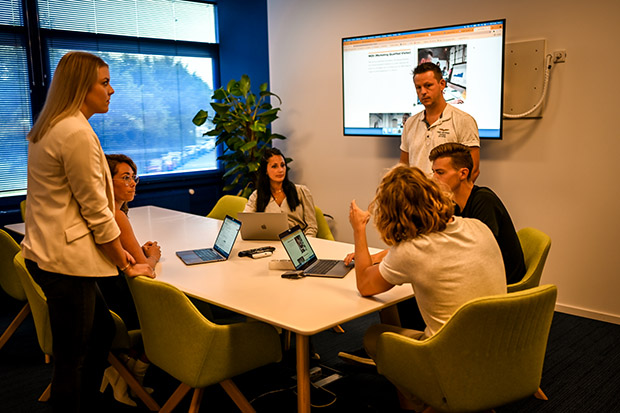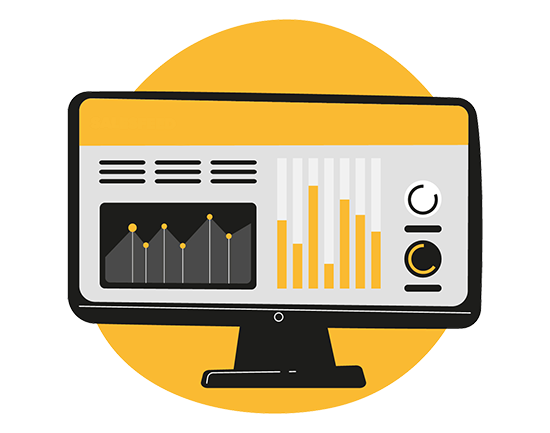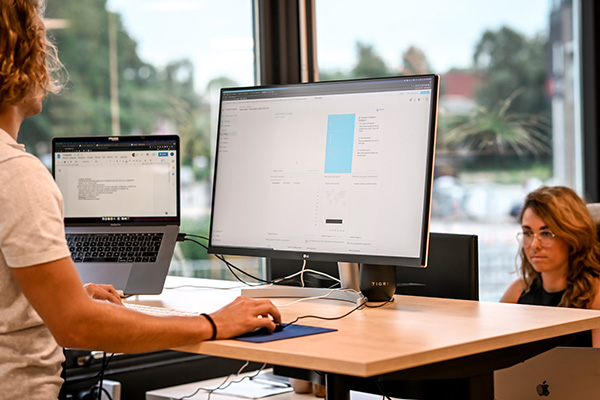Backlinks are references from one domain to another
Are you referenced by another domain? Including reference? That means that one website cites your website as its source. So you are seen as trustworthy. And is the domain, which uses your domain as a source, seen as more trustworthy than your domain? Then your trustworthiness value increases. Do you still get it? Exactly. That's why it's smart to hire a professional. We explain it using an example.
We have a major national newspaper like, for example, Het Parool and a regional newspaper like the Nivo. An article about online marketing is published in both newspapers. We are mentioned as schurq. in both newspapers. Which mention do you think creates more reliability with a visitor? Right. The Parool.
But! The Nivo is regionally known, and therefore provides extra value looking at Local SEO. You can read more about that in our blog where we explain how to improve your local findability.
Ready to improve your organic findability? Then get in touch!
